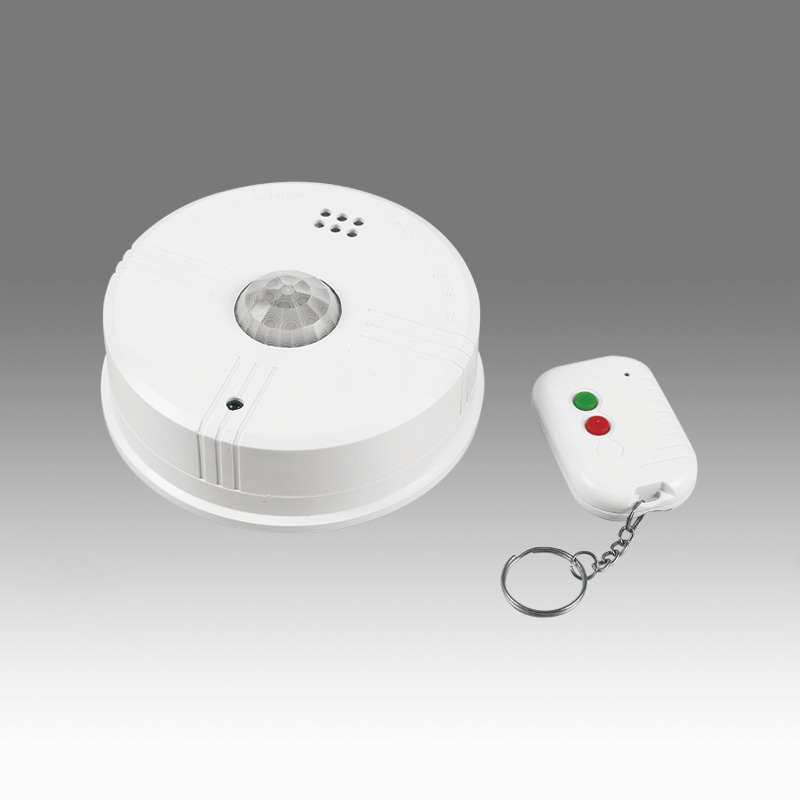A Passive Infrared (PIR) alarm, also known as a PIR sen […]
A Passive Infrared (PIR) alarm, also known as a PIR sensor alarm or motion sensor alarm, is a type of security system that detects motion or changes in infrared radiation within its field of view. PIR alarms are commonly used for home and commercial security applications. Here's how they work and some key features:
How PIR Alarms Work:
Detection Principle: PIR alarms rely on the principle that all objects emit infrared radiation (heat) based on their temperature. When an object, such as a person or animal, moves through the detection zone of a PIR sensor, there is a sudden change in the infrared radiation pattern.
Sensor Activation: The PIR sensor contains two components that detect these changes: a pyroelectric sensor and a Fresnel lens. The pyroelectric sensor generates a voltage when it detects variations in heat. The Fresnel lens helps focus the incoming infrared radiation onto the sensor.
Signal Processing: The sensor's electronics process the voltage generated by the pyroelectric sensor. If this change in heat pattern matches the criteria set by the alarm system (such as a specific movement pattern or heat signature), it triggers an alarm signal.
Alarm Activation: When the alarm signal is triggered, it can activate various responses, depending on the specific alarm system. This may include sounding an audible alarm, sending a notification to a monitoring center, or triggering video surveillance cameras.
Key Features of PIR Alarms:
Motion Detection: PIR alarms are primarily designed to detect human and animal motion. They are commonly used in indoor and outdoor security systems to monitor areas for unauthorized intrusions.
Pet-Friendly: Many modern PIR sensors are pet-friendly, meaning they can distinguish between the motion of a human and a smaller pet, reducing false alarms caused by pets moving within the sensor's range.
Coverage Area: PIR sensors come in various designs and sizes, offering different coverage areas. Some are suitable for small rooms, while others can cover larger outdoor spaces.
Adjustable Sensitivity: Users can often adjust the sensitivity of PIR sensors to account for different environmental conditions and to fine-tune the detection capabilities.
Integration: PIR alarms can be integrated into larger security systems, including home automation setups. They can activate lights, cameras, or other security devices when motion is detected.
Battery or Wired: PIR sensors can be battery-powered or wired to a power source, depending on the application and location.
Tamper Resistance: Many PIR sensors are designed to resist tampering or vandalism, making them suitable for outdoor use.
Dual Technology Sensors: For increased accuracy and reduced false alarms, some systems use dual technology sensors that combine PIR technology with other methods, such as microwave or ultrasonic detection.
PIR alarms are a cost-effective and reliable way to enhance security by detecting motion and potential intruders. They are commonly used in conjunction with other security measures, such as door and window sensors, to provide comprehensive protection for homes and businesses.